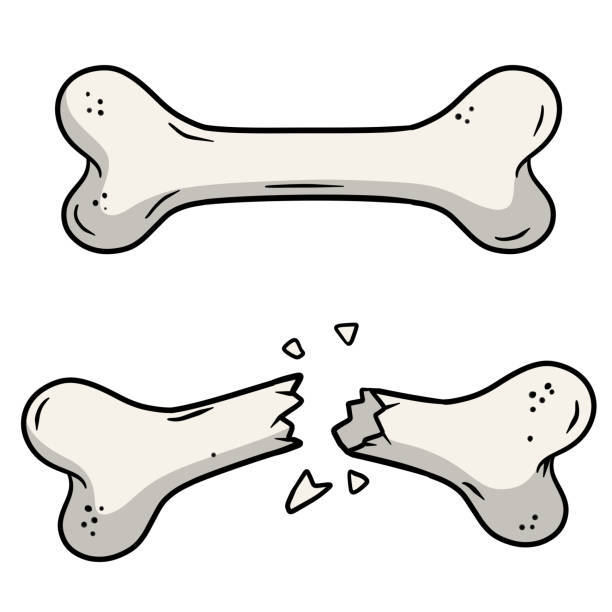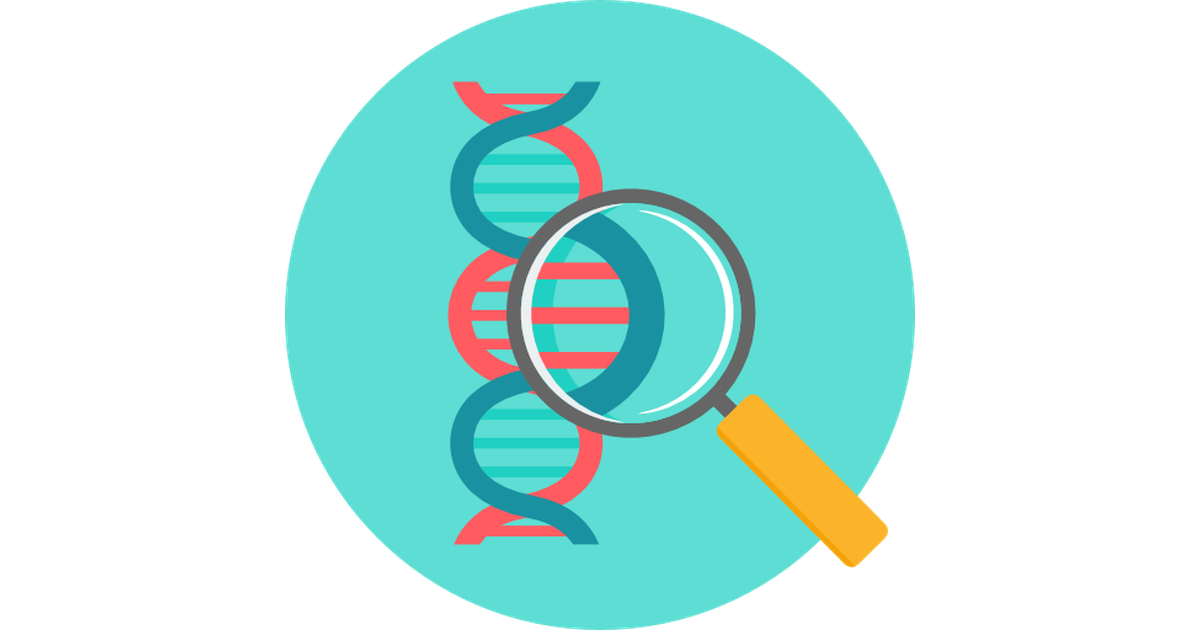Adamantinoma
Adamantinomas are rare, slow-growing cancerous bone tumors that form primarily in the tibia, also known as the shin bone, but occasionally form in the jaw, forearm, hands or feet. In 20% of cases, the tumor travels to the lungs or the lymph nodes.















